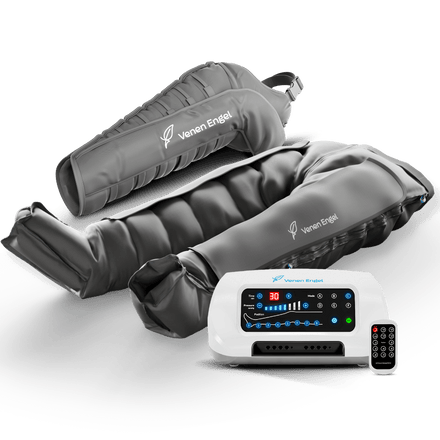01.11.2024
Lipedema Column – Part 7
Lipedema and the Surgery: A Difficult Decision
An operation for lipedema, also known as liposuction and fat removal, is a medical procedure used to suction out the pathological fat and thus the
Fat distribution disorder lipedema can be reduced.
Many people affected by lipedema have endured a long period of suffering and see surgery as a last resort, or they opt for liposuction immediately after diagnosis. Often, exercise and diet have only helped to a limited extent, and the pain in the limbs is very distressing.
In a liposuction, a permanent
The removal of pathological fat is discussed, yet lipedema can return and lead to a so-called redistribution. The operation only removes the symptoms. However, lipedema should definitely be considered and treated holistically.
become.
Such an operation is not a simple step and should be well considered.
I would now like to discuss two of the most common surgical techniques – WAL and PAL – so that you get a good overview.

The surgical techniques: WAL and PAL
Water Jet-Assisted Liposuction (WAL)
In the WAL method, the fatty tissue is loosened using a gentle water jet and then suctioned off. The water jet specifically separates the fatty tissue from the surrounding structures, allowing it to be removed more gently.
Advantages: This technique is considered particularly tissue-friendly, as the water jet causes less trauma. This leads to faster healing and reduces the risk of swelling and bruising. Additionally, the surgeon can work more precisely, making the treatment more accurate.
Disadvantages: Despite the gentle method, complications such as swelling, infections, or scarring can also occur with the WAL technique. The operation usually takes longer than other methods, which can make the procedure more complex.
Power-assisted liposuction (PAL)
In the PAL technique, a vibrating cannula is used to loosen the fatty tissue and facilitate suction. The vibration of the cannula allows the surgeon to remove large amounts of fat more efficiently.
Advantages: PAL is an efficient method, particularly used for larger amounts of fat. The vibration facilitates suction and reduces the effort required by the surgeon, allowing for a more precise and faster treatment.
Disadvantages: Although PAL is effective, the vibration can put more strain on the surrounding tissue, which can lead to swelling and pain. The recovery time may be slightly longer with this method, and as with any surgery, there is a risk of complications.

Summary Liposuction
Pain Relief: One of the greatest benefits for those affected by lipedema is the potential pain relief. By removing the pathological fat deposits, many women can experience a significant improvement in pain and the feeling of heaviness. This is
it's not the case for all operated individuals, there are also operated women who do not feel relief from the surgery.
Improvement of Quality of Life: Many women report increased self-confidence and a better quality of life after the surgery. Mobility can be improved, and everyday activities become easier.
Long-term results: Liposuction permanently removes fat cells from the suctioned areas, meaning that the fat deposits once removed generally do not grow back. However, redistribution can occur and the
Lipedema may break out in other areas. Often, those who have undergone surgery then need further operations.
Costs: Liposuction for lipedema is an expensive matter that is often not covered by health insurance. The costs can amount to several thousand euros depending on the extent of the procedure. Plus the costs incurred if redistribution occurs and further procedures are needed.
Recovery Time and Risks: After liposuction, a recovery period is necessary. Swelling, bruising, and pain are normal after the procedure, and it may take several weeks for the body to fully heal. There is also a risk of complications such as infections, scarring, uneven results, loose skin, and dimpling.
No cure for lipedema: It is important to understand that liposuction cannot cure lipedema. The condition is chronic, and even after liposuction, those affected must continue to pay attention to diet, exercise, compression therapy, and good lipedema management.
Not an easy decision
The decision for or against liposuction for lipedema is highly individual and
should be well thought out. It is important to thoroughly inform oneself about the different
Methods to inform and weigh the pros and cons. Ultimately, the choice should
always based on one's own well-being and in close consultation with an experienced
Meet lipedema specialists.
An operation can improve the lives of many women with lipedema, but it is not a
simple solution and there is no guarantee that the lipedema will not flare up again.
All the best for you,
Talia


